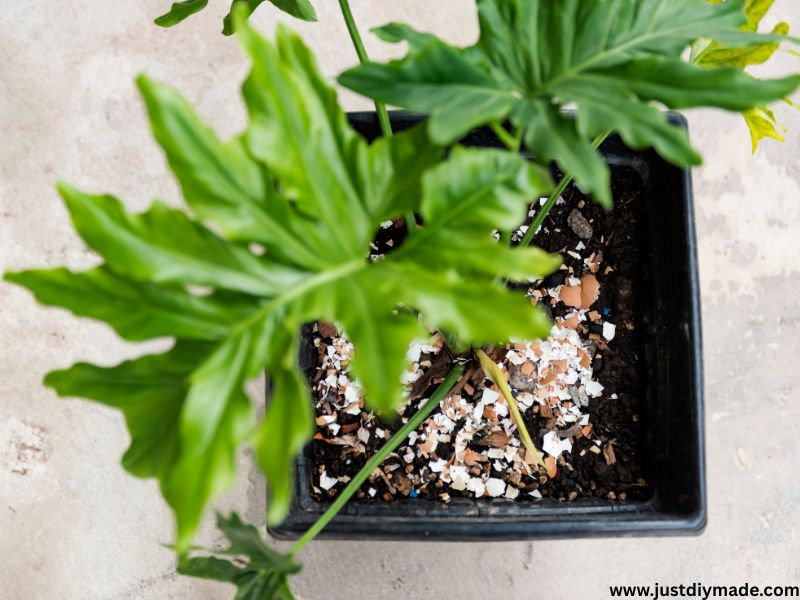This post talks about vegetables that grow in shade.
Growing your own vegetables doesn’t always require full sun. If your garden space is a bit shady, even if it’s because of nearby buildings, tall trees, or just how your yard is positioned—you can still enjoy a bountiful harvest.
Many vegetables actually thrive in partial shade or dappled sunlight, making them perfect for those tricky spots that don’t see six or more hours of direct sunlight a day.
In this post, we’ll cover 10 vegetables that grow surprisingly well in shade, along with tips to help you get the most out of your shady garden.
1. Leaf Lettuce
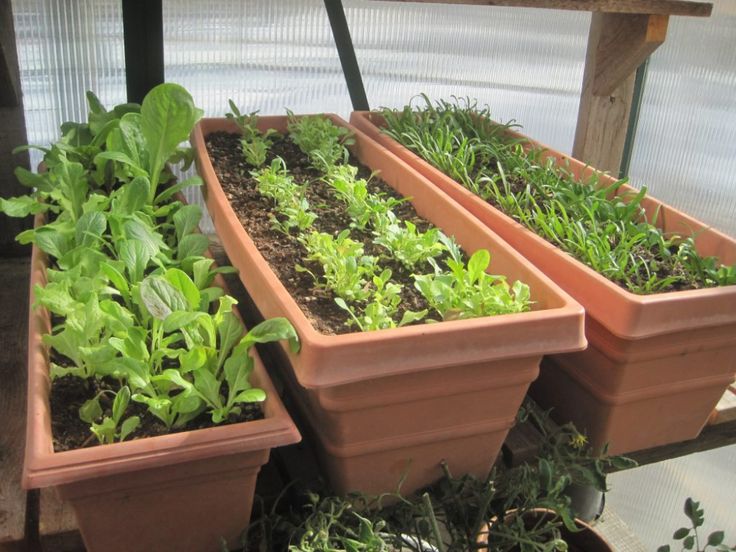
Leaf lettuce is one of the most shade-tolerant vegetables out there. It doesn’t need much sun to grow, and in fact, it can benefit from a little protection from harsh afternoon rays.
Lettuce grows best in cooler temperatures, which makes partial shade a plus, especially in the warmer months. Try varieties like Black Seeded Simpson, Red Sails, or Buttercrunch for consistent results.
Tips:
- Use a rich, well-draining soil with plenty of compost.
- Water regularly to keep the soil moist.
- Harvest outer leaves often to encourage continued growth.
2. Spinach
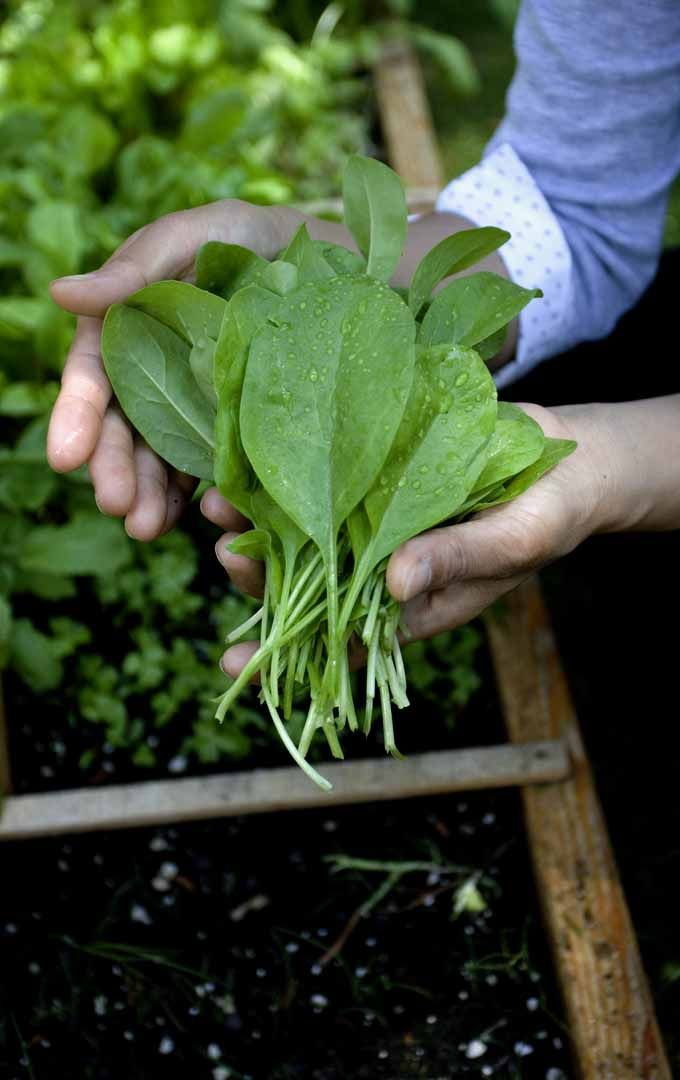
Spinach loves cool weather and partial shade. In full sun, it tends to bolt quickly—meaning it goes to seed and stops producing those tender leaves.
If you want to enjoy a longer harvest period, give spinach a bit of protection from direct sun.
Tips:
- Sow seeds directly into the soil as soon as the ground can be worked.
- Keep the soil consistently moist.
- Harvest baby leaves for salads, or let them mature for sautéing.
3. Kale

Kale is not just hardy; it’s also shade-friendly. It can grow well in as little as three to four hours of sunlight per day, making it ideal for less sunny garden beds. Plus, kale leaves taste even better after a light frost.
Tips:
- Choose curly kale or dinosaur (Lacinato) kale for texture variety.
- Mulch around the base to retain moisture and keep weeds down.
- Pick lower leaves first, allowing the plant to continue growing upward.
4. Arugula
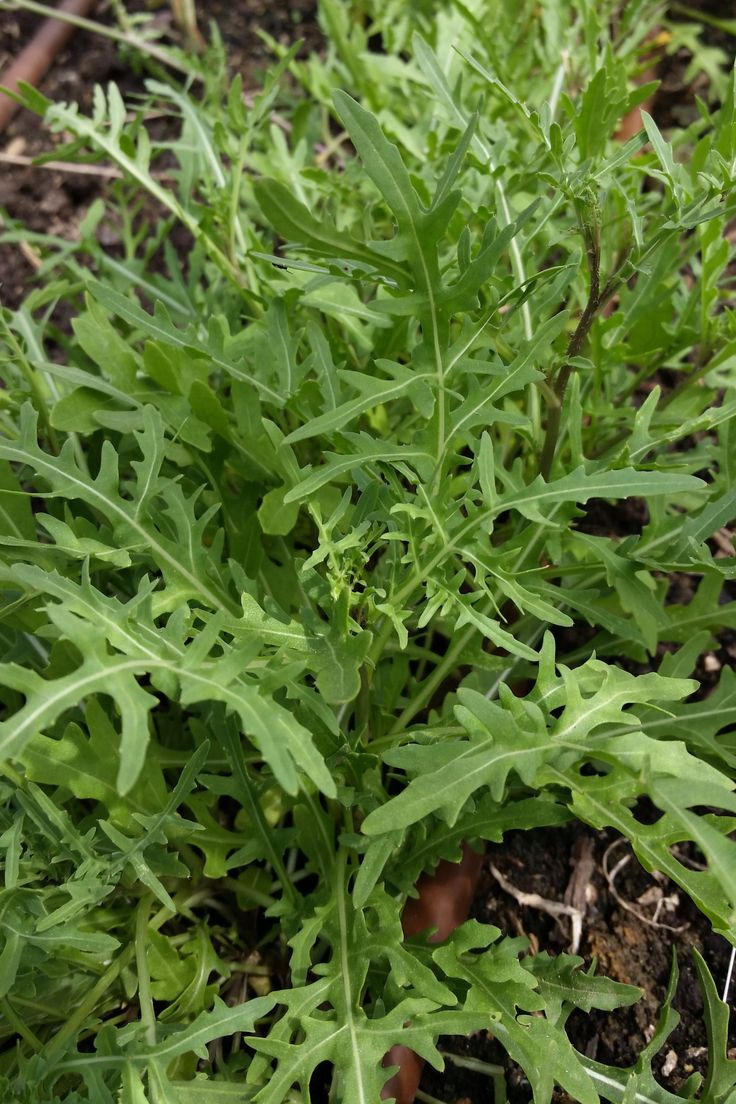
Arugula’s peppery flavor makes it a favorite in salads, and it’s another cool-weather green that thrives in partial shade. The shade helps prevent it from turning bitter too quickly in hot weather. A clear example of Vegetables That Grow in Shade.
Tips:
- Sow seeds every couple of weeks for a continuous harvest.
- Use shade cloth in hotter climates to prevent bolting.
- Harvest early when leaves are young and tender.
5. Swiss Chard

Swiss chard is colorful, nutritious, and super flexible when it comes to growing conditions. It can tolerate partial shade and still produce beautiful leafy greens with vibrant stems.
Tips:
- Plant in well-amended soil and water regularly.
- Harvest the outer stalks first to promote new growth.
- Use the leaves like spinach and the stems like celery.
6. Beets
Beets do need some light to grow big roots, but they’re also one of the root crops that can tolerate partial shade. If you’re more interested in beet greens than the roots, then shade is even less of an issue.
Tips:
- Thin seedlings to give roots space to grow.
- Don’t let the soil dry out, especially in warmer months.
- Eat both the root and the leaves!
7. Green Onions (Scallions)
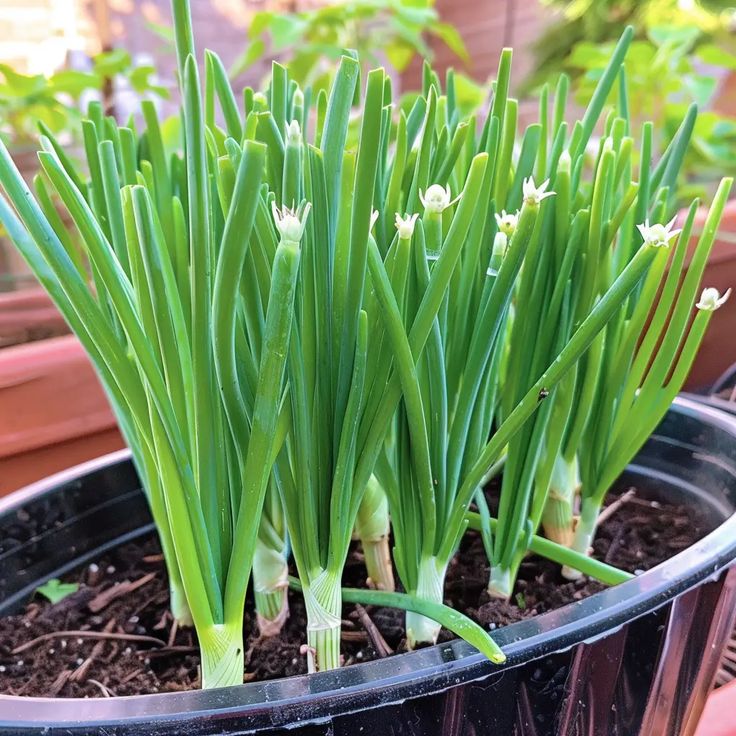
Green onions are great for shaded gardens. They’re not picky and will grow in partial sunlight just fine.
These fast-growing veggies are perfect for containers, raised beds, or even window boxes.
Tips:
- Plant from seed or start with sets for faster results.
- Cut them at the base, and they’ll often regrow.
- Fertilize lightly with an organic fertilizer for better yields.
8. Radishes

Radishes grow quickly and can tolerate some shade, though they do prefer at least a few hours of sunlight per day. They’re perfect for small gardens because they mature in just a few weeks.
Tips:
- Sow seeds every 7–10 days for staggered harvests.
- Keep soil loose to allow roots to form properly.
- Harvest promptly—overripe radishes get woody and bitter.
9. Broccoli

Broccoli can handle partial shade, especially in warmer regions where the cool temps of the shade help prevent it from flowering too early. It grows slower in shade, but you’ll still get a good harvest if you’re patient.
Tips:
- Start with young transplants rather than seeds for a head start.
- Space plants well to ensure airflow.
- Feed with a balanced organic fertilizer throughout the season.
10. Peas

Peas are a cool-season crop that don’t mind some shade. While they’ll grow faster with full sun, they’ll still produce pods in partial shade—especially if the area gets morning sunlight. A clear example of Vegetables That Grow in Shade.
Tips:
- Provide a trellis or support for climbing varieties.
- Water regularly, especially during flowering.
- Pick pods often to keep the plant producing.
How to Make the Most of Your Shady Garden
If you’re working with a garden that gets less than six hours of sunlight per day, there are still plenty of ways to maximize your harvest. Here are some tips to help you succeed with shade-loving vegetables:
1. Observe Sun Patterns
Track how much light each area of your garden gets throughout the day. Some spots might get direct morning sun but be shaded in the afternoon—which is still great for many veggies.
2. Use Reflective Surfaces
Adding mirrors or light-colored surfaces nearby can help reflect light into darker areas. Even placing a white-painted fence or wall near the garden can boost brightness.
3. Improve Soil Quality
Shady gardens tend to stay cooler and damper, so well-draining soil is a must. Mix in compost or aged manure to enrich the soil and improve drainage.
4. Space Plants Strategically
In shady spots, airflow can be limited, which increases the risk of mildew or rot. Give each plant enough room to breathe.
5. Be Patient
Vegetables in shade often grow slower than those in full sun. Give your plants a little extra time and don’t over-fertilize to speed things up.
6. Mix It Up
Combine shade-loving vegetables with herbs like mint, parsley, and chives, which also tolerate lower light. You’ll get more variety from your small garden.
Extending Your Shade Garden Harvest
One of the best ways to get the most from your shade garden is to plan for multiple harvests throughout the growing season. Many shade-loving vegetables like lettuce, spinach, and arugula can be succession planted—meaning you sow seeds every few weeks to keep fresh crops coming. This method keeps your garden productive and gives you a steady supply of fresh greens without gaps.
Use Cold Frames or Row Covers
Since shade gardens tend to be cooler, especially in spring and fall, cold frames or row covers can help protect plants from unexpected frosts or extend the growing season. This means you can plant earlier in the spring and keep harvesting later into the fall, even in less sunny areas.
Common Mistakes to Avoid in Shade Gardening
Even with shade-tolerant vegetables, gardeners sometimes make a few common errors:
- Overwatering: Shady spots dry out more slowly, so resist the urge to water daily. Too much moisture can lead to root rot and fungal diseases. Check soil moisture before watering.
- Ignoring Soil Quality: Shade often means poor soil conditions. Don’t just plant and hope for the best—take the time to enrich your soil with organic matter to support healthy plant growth.
- Crowding Plants: It’s tempting to squeeze in more plants in limited spaces, but overcrowding reduces airflow and increases disease risk. Leave enough space for each vegetable to grow comfortably.
- Expecting Full Sun Yields: Plants grow slower and produce less in shade. Set realistic expectations, and focus on quality, nutrient-dense harvests rather than quantity.
Shade Gardening Is a Learning Process
Every garden is unique, and what grows well in your shaded yard may vary. Keep a gardening journal to track what you plant, when, and how well it does. Over time, you’ll discover your personal shade garden favorites and perfect growing routines.
Gardening in less-than-perfect sunlight challenges you to be creative, patient, and observant. With the right veggies, a bit of care, and a willingness to experiment, your shady garden can be just as productive and satisfying as any sunny patch.

